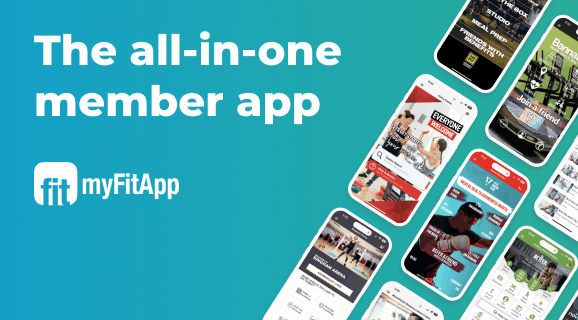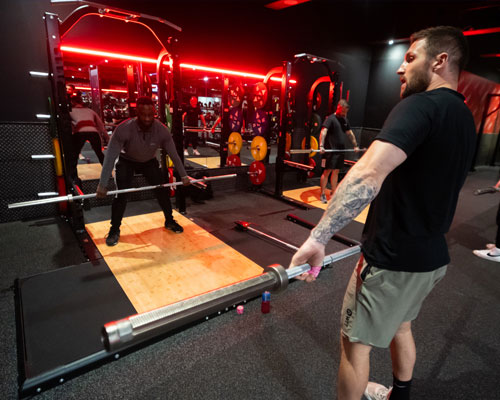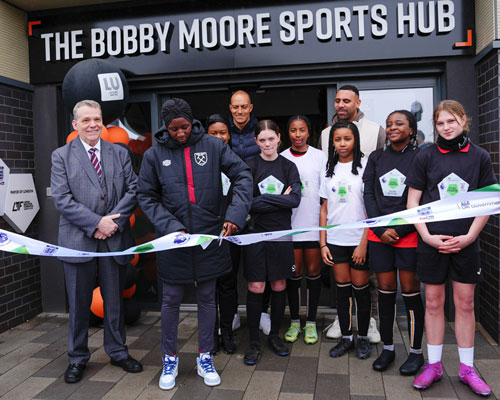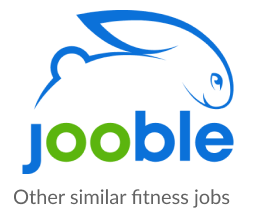features
Management series: Need, not want
Carl Bennett looks at the importance of understanding consumer needs – not just those of your existing customers, but the needs of the community at large – before you refine your product and proposition
Do you ever stop to think about the needs your services are satisfying?
Most club managers will probably reply ‘yes’ to that question, but I would argue that many are in fact only thinking about the needs of their existing members. Admittedly this is a challenge in itself – analysing the profile of the members in your club, how they group into ‘tribes’, what their needs and motivations are – and one not all operators have yet cracked. But in the end, it’s a matter of member research, profiling, segmentation, databasing… It’s something all operators should, if they put adequate resource behind it, be able to do; after all, with penetration levels static, it’s ultimately the same segments and same member types appearing in our clubs over and over again.
But in my mind, if providers continue to waste time and resources further segmenting the distilled pool of current customers, they lose traction time in engaging those who have far more to gain health-wise. I therefore believe it’s far more important to spend time understanding the needs of those who aren’t yet members of gyms – those who haven’t bought into fitness. Continually reinventing what we already know to better understand existing users is not good enough when 70 per cent of the population remain inactive. We have to understand and meet the needs of the whole community, and this is a far more complex challenge.
Identifying need
Identifying need is therefore a public health priority. It’s the basis on which interventions can be developed that will stand up to scrutiny – that have genuine value and impact. Understanding need is also core to understanding partnership investment opportunities.
Need is an interesting concept in itself, and there are clearly defined needs that any service provider must recognise if they want to ensure their offers match the needs of the public at large.
First is the category of ‘normative need’, which is often defined by an expert or professional. This generally means there are standards or measurements introduced to be able to say a need has been met. In our sector, the physical activity guidelines for children – the need to do from 60 to 180 minutes’ activity a day – is a normative need.
Then there’s ‘felt need’, which is what individuals believe they want. An example might be if someone wants to lose weight: they will seek out information that might help them action their felt need. The issue here is what people want and what people ‘need’ are two different issues. Fulfilling wants drives further want. Fulfilling need fills a crucial lack of, or gap in, services across all sectors of the fitness industry.
‘Expressed need’ is what people actually say they need – a felt need that’s been turned into an expressed request or demand, and which may conflict with a professional’s normative need. You can measure expressed need by monitoring the use of a service or activity. The problem with measuring expressed need is that a service people want might not be available, meaning you can’t measure its use, meaning gaps in service provision can’t be identified.
Finally, ‘comparative needs’ can be identified by comparison between similar groups of clients, some of whom are accessing a service and some who are not. What I mean by this: we can look at the interventions one population accesses and compare these to other areas or populations that don’t have access to the same things. This provides a baseline from which to build and helps providers develop interventions that have been proven to be effective in addressing specific issues among specific population groups. As an example, a large gym complex might work effectively with a cardiac rehab population in one part of a city, yet in another part of the city this population might not be able to access the same service and might have worse health outcomes as a result. A comparative case can be developed to extend the reach of that service based on this comparative need knowledge.
Understanding local needs
The key is to understand all of the numerous and varied needs in evidence within any given community, to ensure your offering ticks all the boxes for every population group.
Fortunately for operators, local needs are clearly identified in publicly available Joint Strategic Needs Assessments (JSNAs). These are locally informed sets of indicators in which the local authority and their partner organisations – including the Clinical Commissioning Groups, the NHS, as well as voluntary and education organisations – are investing resources to improve.
These ought to act as the basis for any initiative or intervention launched by an operator: in my view, if it’s not in the JSNA, it’s likely you’re doing the wrong thing.
Recently, another layer of priorities was introduced. These are specific public health priorities that can be found in your local Public Health Outcome Framework (PHOF) – for more information, see http://lei.sr?a=n4y0c
And it’s just as important for the private sector to understand these frameworks as it is the public sector. Understanding local priorities – and therefore understanding the needs of different populations – responds to core business principles.
However, I find many private sector organisations have set programming: they fail to engage new customers because they develop programming based on wants instead of needs. As a public health commissioner myself, I’m often approached by the private sector and asked for money to invest in their interventions, but most of these interventions are based on what they already do. They assume they can somehow bring in new people by doing the same thing they’ve done before, rather than developing new initiatives to specifically appeal to the inactive populations for whom I’m tasked with developing effective interventions.
I find this lack of change frustrating. The private sector has to be at the forefront of adaptation and change – and this change needs to be informed by need, not simply a new business idea.
Segmentation
Once you’ve understood the actual needs of communities, you’ll be required to communicate with the different populations within those communities to get across the specific messages you require them to hear.
Knowing what to say and how to say it is crucial to ensure you’re getting your messages to the right receiver. For example, if you know that over 49 per cent of the local population has poor health literacy – a common challenge in the UK – and an average reading age of 11 years old, why would you plough ahead and use the same communication approach for the whole population?
Using segmentation as a tool to identify the ‘who’ and ‘how’ is therefore becoming the norm. There are many different ways to segment: for members you might segment according to attendance patterns, classes booked and so on, while Sport England offers a model of segmentation that might be appropriate for those wanting to better understand non-members – see http://lei.sr?a=p0h0B; MOSAIC groups and types are another.
In general though, the key is to find a way to group people into segments that are small enough to let you be focused and relevant in your messaging, yet large enough that you don’t require hundreds of tailored marketing messages going out at an almost individual level. The more detail you can go into on your profiles the better, while keeping the number of segments manageable.
If used correctly, segmentation can also help you understand much more than marketing and communication techniques. It can help you understand social issues, prevalence of health issues, educational attainment, the type of work and therefore the disposable income available in a certain geographic area of your catchment. It can help you identify sub-groups within specific population groups, to understand their very specific needs that you might be able to meet.
The real opportunity is in using segmentation to reach further into the untapped market, penetrating where very few competitors reach.
Impact
Now you have all the above information within your programming design armoury, you should be better placed to design interventions that reach and respond to the needs – and likelihood of engagement – of both the population and specific population groups, creating programming offers that are fit for purpose and fit for the groups the sector currently struggles to reach. Hopefully these will match both the JSNA and PHOF priorities.
Designing need responses into your programming will also help you determine what it is you’re trying to achieve and provide you with some measurable outcomes to help you demonstrate your impact. Long gone are the days when simple numbers were enough to help you argue your service’s value: you really do need to begin to tell the story about impact and measurable change.
The difference being active makes is relatively easy to measure. Proving impact across a population group, or for the whole population, is a different ball game completely. Knowing what to measure, and how to measure it, is extremely important. Deciphering data to enable you to transform raw numbers into reliable information – information on which you can adjust an offer to better match need – is of paramount importance.
The challenge
If I look across the sector as a whole, I see that current offers and programming approaches adopted by the physical activity providers do not match need. Nor do they provide enough choice, opportunity or value-driven offers.
It’s time to re-set the compass and do things differently. Ultimately it’s a leadership decision to adapt and change to match needs rather than wants – and these have to be the needs of society as a whole, rather than the small percentage of existing gym-goers.
About the Author

Carl Bennett FCIMSPA is a Senior Health Improvement Specialist and Public Health Commissioner working for Stoke on Trent City Council. He is also a trustee (elect) and the current chair of the Chartered Institute for the Management of Sport and Physical Activity (CIMPSA). He has worked at the coalface of physical activity delivery and has supported many organisations to help them realise their value and impact.
















































































